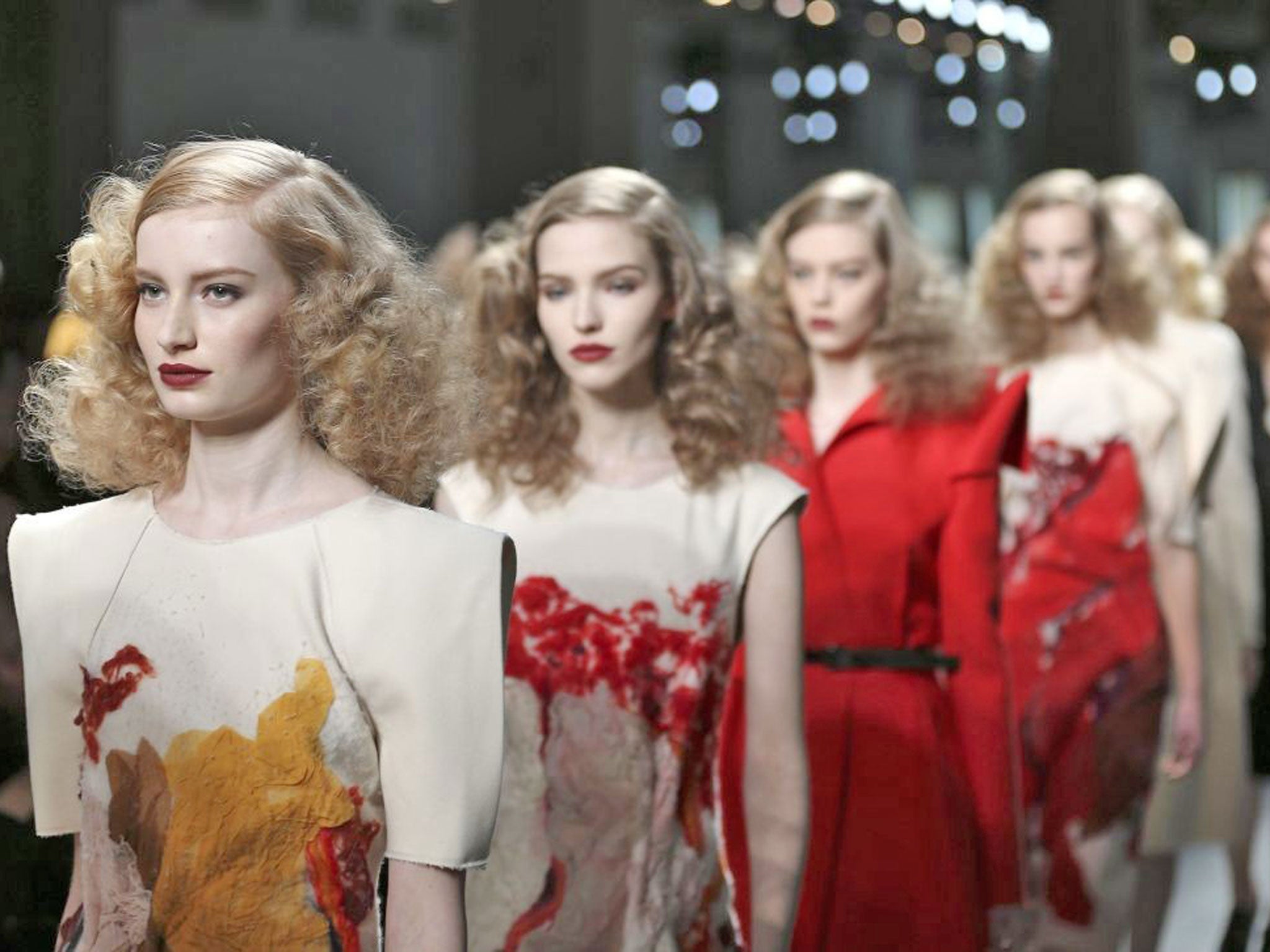Leather booms as Italian fashion falters
Luxury goods exports see huge rise, reports Rebecca Gonsalves from Milan Fashion Week

Your support helps us to tell the story
From reproductive rights to climate change to Big Tech, The Independent is on the ground when the story is developing. Whether it's investigating the financials of Elon Musk's pro-Trump PAC or producing our latest documentary, 'The A Word', which shines a light on the American women fighting for reproductive rights, we know how important it is to parse out the facts from the messaging.
At such a critical moment in US history, we need reporters on the ground. Your donation allows us to keep sending journalists to speak to both sides of the story.
The Independent is trusted by Americans across the entire political spectrum. And unlike many other quality news outlets, we choose not to lock Americans out of our reporting and analysis with paywalls. We believe quality journalism should be available to everyone, paid for by those who can afford it.
Your support makes all the difference.It may be pure coincidence that during Milan Fashion Week, which began on Wednesday, Italian voters go to the polls, but the result of the election will have a profound impact on the future of the fashion industry. It has been a difficult year for the Italian economy, and the luxury goods houses based here have not had it easy as a result of the financial problems at home and abroad.
The wealth of the brands that show in Milan has long made the city one of the most important fashion capitals. But corporate and family-owned alike, many of the luxury goods houses have turned to ready-to-wear.
The industry paper Women's Wear Daily reported last week that, in 2012, Italian apparel exports were worth ¤15bn (£13bn) – a figure down 2.7 per cent from the previous year but a significant sum nonetheless. Additionally, exports of leather goods for the first 10 months of 2012 were worth ¤4.2bn, a 22 per cent increase on the previous year.
Accessories have long been the cash cows of these brands and Prada, Gucci and Fendi, among the big names, began life as small leather goods firms.
The "Made in Italy" label remains an important asset for the high quality it guarantees. Artisanal skills in Italy continue to be passed down through the same families.
Bottega Veneta, showing its autumn/winter collection yesterday, is a prime example of this. Founded in Venice in 1966 as a leather goods firm, its signature woven technique soon found a clientele among the international jet set of the time. In 2001, it was acquired by the Gucci Group (now PPR) which installed Tomas Maier as creative director and introduced his vision for women's ready-to-wear.
This is a label for the stealthily wealthy, a fact borne out at the brand's headquarters by the legend, "When your own initials are enough".
Maier's new collection was a meditation on wool, the fibre spun into a spectrum of fabric weights, from light crepe to heavy flannel. Pleating created volume below a belted waist while sharply structured shoulders added strength to a loosely Forties silhouette in black, grey and white, with accents of red and yellow. "The collection is about proportion, precision and ease, and the simple beauty of the material," said Maier.
Precision was also evident in Jil Sander's second collection since her return to the label she founded in 1973. Characteristically minimal, the German designer used strips of gold to add her own note of flamboyance.
Join our commenting forum
Join thought-provoking conversations, follow other Independent readers and see their replies
Comments